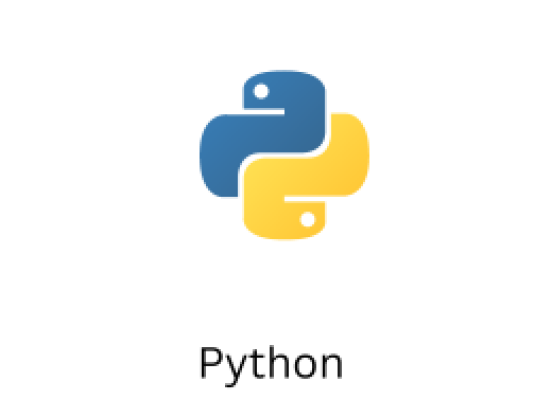
Introduction to Python A Beginner's Guide
- By admin --
- Sunday, 28 May, 2023
Certainly! Here's a 1000-word introduction to Python for beginners:
Introduction to Python: A Beginner's Guide
Python is a versatile and powerful programming language that has gained immense popularity among developers worldwide. Known for its simplicity and readability, Python is an excellent choice for beginners venturing into the world of programming. In this beginner's guide, we will explore the fundamentals of Python, its key features, and how to get started with coding in Python.
-
Why Python? Python's popularity stems from its simplicity and ease of use. It employs a clean and readable syntax, making it an ideal language for beginners. Additionally, Python has an extensive standard library, which provides a wide range of pre-built modules and functions, saving developers time and effort. Moreover, Python is a versatile language used in various domains such as web development, data analysis, artificial intelligence, and more.
-
Setting up Python: To start coding in Python, you need to set up your development environment. Python is compatible with multiple operating systems, including Windows, macOS, and Linux. Visit the official Python website and download the latest version of Python that matches your operating system. The installation process is straightforward, and the Python website provides detailed instructions to guide you through the installation steps.
-
The Python Interpreter: After installing Python, you can access the Python interpreter, which allows you to interactively execute Python code. Open the terminal or command prompt and type "python" to launch the interpreter. You will see the Python prompt (">>>"), indicating that you can start typing and executing Python code.
-
Basic Syntax and Variables: Python uses a simple syntax that emphasizes readability. You can execute code directly in the interpreter or write scripts in a text editor and execute them. Python uses indentation to define code blocks, eliminating the need for explicit braces or semicolons. For example, to print "Hello, World!", you can simply type:
pythonCopy code
print("Hello, World!")
Python supports various data types, including integers, floats, strings, booleans, lists, tuples, dictionaries, and more. You can assign values to variables and manipulate them using operators.
- Control Flow: Python provides several control flow statements, including if-else statements, loops, and more. These statements allow you to control the execution flow of your program based on certain conditions. For example:
pythonCopy code
age = 25 if age >= 18: print("You are an adult.") else: print("You are not yet an adult.")
- Functions: Functions are reusable blocks of code that perform specific tasks. They help in organizing code and promoting code reusability. In Python, you can define functions using the "def" keyword. For example:
pythonCopy code
def greet(name): print("Hello, " + name + "!") greet("Alice")
- Data Structures: Python offers a variety of built-in data structures, such as lists, tuples, sets, and dictionaries. These data structures allow you to store and manipulate collections of values efficiently. For example, you can create a list of numbers and perform operations on it:
pythonCopy code
numbers = [1, 2, 3, 4, 5] total = sum(numbers) average = total / len(numbers) print("Sum:", total) print("Average:", average)
-
Libraries and Modules: Python has a vast ecosystem of third-party libraries and modules that extend its functionality. These libraries provide pre-built functions and tools for various purposes, such as web development, data analysis, scientific computing, machine learning, and more. Some popular libraries include NumPy, Pandas, Matplotlib, and TensorFlow. You can install these libraries using the pip package manager and import them into your Python scripts.
-
Resources for Learning Python: As a beginner, there are plenty of resources available to help you learn Python effectively. Online tutorials, books, video courses, and coding exercises can provide hands-on experience and deepen your understanding. Websites like Codecademy, Coursera, and Python.org offer comprehensive Python courses and documentation.
Conclusion: In this beginner's guide, we've explored the fundamentals of Python programming. Python's simplicity, readability, and extensive libraries make it an excellent language for beginners. By setting up your Python environment, understanding basic syntax, control flow, functions, and data structures, you're well on your way to becoming a proficient Python developer. Remember to practice coding regularly, work on projects, and explore additional resources to enhance your skills. Happy coding!
